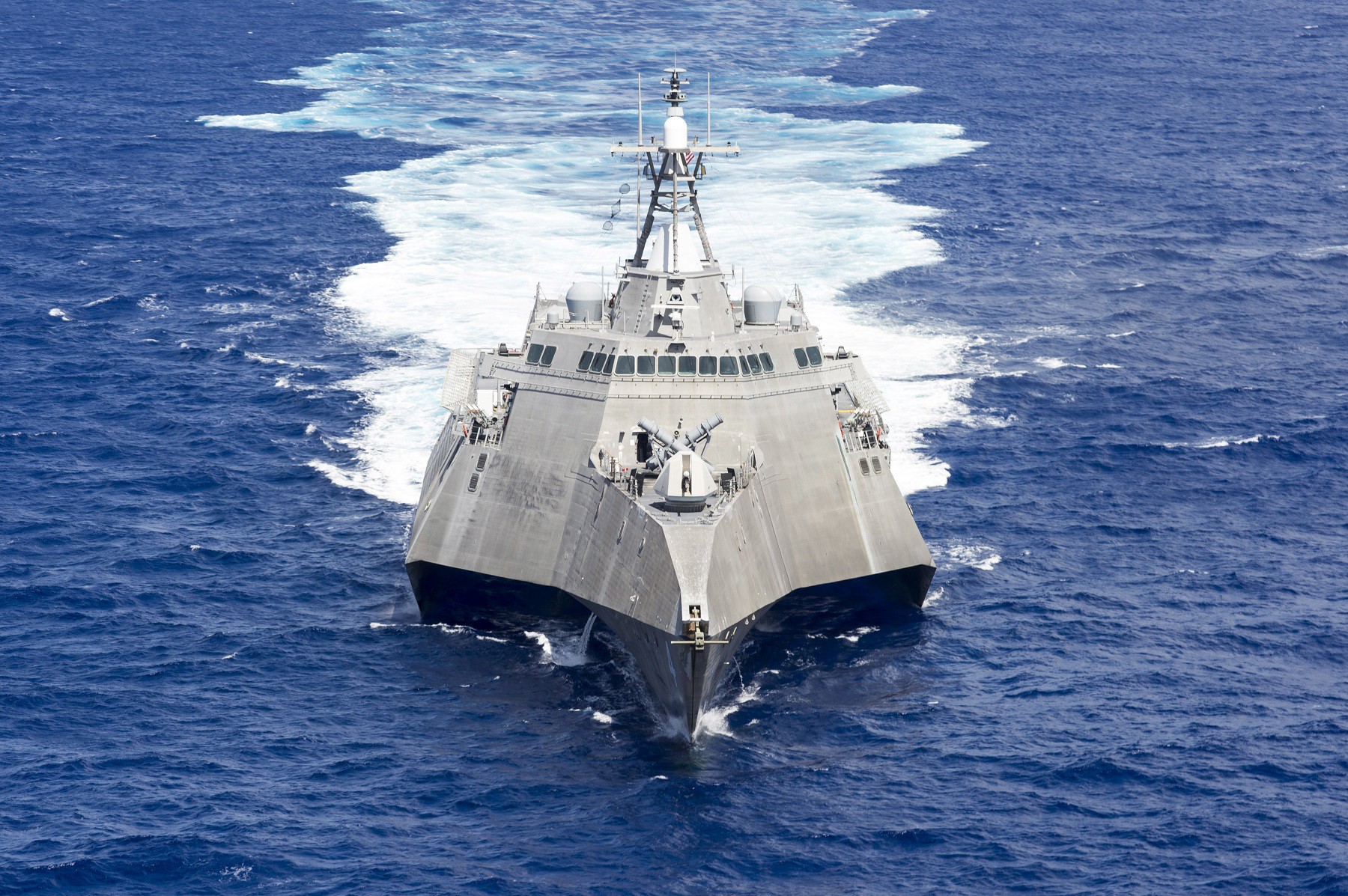
US Navy Guided Missile Destroyers & Cruiser Naval Ships — YouTube
US national security and the provision of an adequate defense budget for America’s diminished armed forces (since 1991, the naval forces dropped from 546 ships to 285; the Army fell from 76 brigades to 45; and the Air Force lost about half of its fighter and bomber squadrons) was held hostage in the recent budget negotiations just completed. A compromise was reached only when significant increases in domestic programs was agreed to. It is a dangerous precedent, the governmental equivalent of a family refusing to fix a collapsed roof in their home until they can also afford a new big-screen television.
Although this occurred during the just-completed agreement to prevent the government from shutting down, it’s not the first time this tact has been taken. In the past few years, the Obama Administration withheld urgently needed budgetary support for the armed services unless Congress authorized increases in domestic spending, despite the former president’s increase of over 40% in some entitlement programs, his $780 billion stimulus program, and other costly domestic initiatives. Some Republican budget hawks also failed to prioritize defense, choosing instead to favor overall spending cuts.
In 2016, the Washington Examiner reported, after Democrats had blocked a defense spending bill for the third time, that “The Obama administration reportedly put together a five-page memo about blocking increases for the Pentagon unless they are accompanied by increases on other programs…It is one thing to insist on fiscal probity within the Pentagon, quite another to prevent proper national defense until the majority party caves in and allows further federal overspending on domestic programs.”
The strategy continued into 2017, reports Elana Schor in Politico, when “All but four of the Senate’s 48 Democrats [in December] warned congressional GOP leaders against pursuing a government funding plan that would boost defense spending for the rest of the fiscal year while leaving domestic priorities at current levels…Some Senate Democrats began pushing back… as House conservatives pitched Republican leaders on a full-year hike for the Pentagon paired with a continuing resolution for domestic programs.”

The ‘Independence’-class Littoral Combat Ship USS ‘Coronado’ in October 2016. U.S. Navy photo
The latest push back on this extraordinarily hazardous practice came from Speaker Paul Ryan, in a January address to the Center for Strategic and International Studies :
“ We have to be clear-eyed in laying out for the American people why so much is at stake. Rebuilding our military is essential to confronting the threats we face, threats that are evolving at an alarmingly rapid pace. North Korea is working to build ballistic missiles capable of hitting the continental United States. Iran is marching forward with its quest for regional hegemony by backing terrorism across the globe. And what is left of ISIS is trying to figure out how to expand and influence terrorism in the Middle East, in Afghanistan, and into the West, including by inspiring attacks right here at home…Then there are those countries that want to remake the world order in their authoritarian image…Russia is trying to drive holes through NATO, while threatening some of our closest allies in Eastern Europe; while the Chinese aggression continues to stir instability in the South China Sea…We have simply pushed our military past the breaking point…”
A 2015 Heritage analysis by Justin T. Johnson explained: “Instead of arguing the merits of a particular military spending level, much of the debate [revolves] around …opposition to increasing defense spending without proportional increases to non-defense spending…what’s really needed is a more thoughtful debate… The first step is determining the vital interests of the United States.”
What is manifestly evident is the desire by some to downsize of the U.S. military, regardless of external factors. Indeed, despite the reduction of U.S. defense spending as a percent of the GDP and the federal budget to historic low points, and rising, dangerous threats from abroad, the U.S. military was forced absorb massive new cuts.
Frank Vernuccio serves as editor-in-chief of the New York Analysis of Policy & Government.

















Follow Us